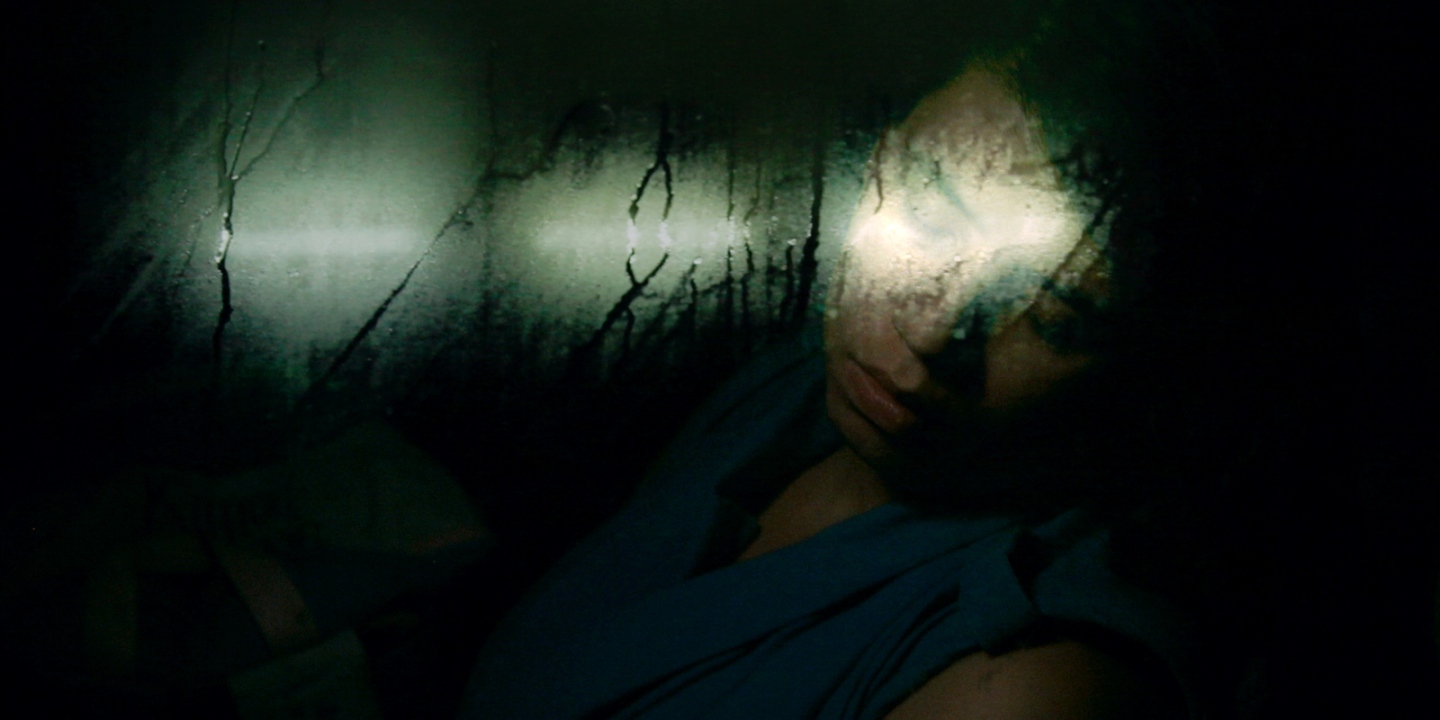By Alex de Boer
In Mexico, drug cartels and corrupt police have the power to rip people from their lives. Taken and left behind, Tempestad’s subjects show how normal life goes on and a hellish existence becomes commonplace.
Tatiana Huezo’s Tempestad has two narrators. The first is a voice detached from the body. Nameless throughout the film, this narrator tells of her false imprisonment and unexpected release — a nightmarish tale, portrayed without performed reenactments or archival footage. Instead, what accompanies this narrator’s story are images of a long bus voyage, a bustling outdoor market and other moments of everyday life in Mexico. Huezo uses her camera lens to show the mundane world and found lenses to reveal its dark alternative.
As we learn the harrowing details of our narrator’s capture, enormous pain is revealed. As Huezo shows images of a busy bus station she remembers moments of human complacency to evil. In the bus station bathroom mirrors, women exist twice; first, as people waiting to board a bus and then with the reflection of a man reading a newspaper superimposed over them.
Though poetic, these visuals appear commonplace and unemotional against the weight of our narrator’s words; yet they communicate something sinister. Reflections and double exposures caught in a single frame are like Mexico itself — a place of dual reality.
In Tempestad there are two scenes of policemen checking IDs at roadblocks. One roadblock takes place during the day, the other takes place at night. While visual distortion is not required to communicate that these men are both law enforcement and kidnappers (which our narrator confirms), the darkness that fills their hoods is a semblance of Mexico’s corrupt and faceless legal system.
Besides lighting, mirrors and glass, Huezo employs opaque filters through which we must peer, to see both of Mexico’s realities. She shows a seaside market: people gutting fish and pulling the tails off shrimp, water lapping at a man’s feet. Though similar to the prison market described by our narrator, this footage is not a reenactment. Presumably, it was filmed at a regular marketplace in Mexico; its versatility implies how easily prisons become unremarkable places.
After meeting Tempestad’s second narrator, Adela, we learn that she and her family are circus people. We watch them set up a huge flag-adorned tent, learn acrobatics and play music from partly filled bottles . Her personal tragedy is slowly revealed as we glimpse into the day-to-day life of a circus performer.
Like the market scene, the lens Huezo uses to examine the duality of Adela’s life is nontransparent — It is her face. Seen in the reflection of a mirror, Adela applies thick clown makeup. She is fraught with torment, but her voice-over declares that she will not hide in fear, no matter what the consequences. Her disguise is transformative, but paired with her words, appears as a paradoxical filter we must see through. Huezo entices us to look past the white powder, even past Adela’s skin, by listening to her courageous voice. There is another Mexico hiding there.
Watch Tempestad as part of the Panorama program stream at 4pm on September 30 and 8:15pm on October 9.
